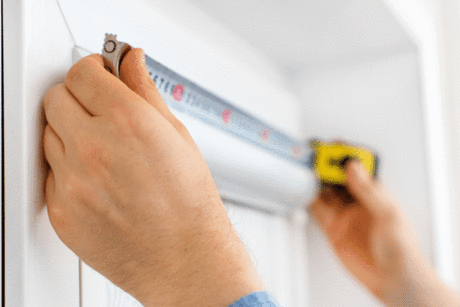
Whether you are finishing your basement for the first time or giving it an upgrade, the purpose of a basement renovation is to create more useful space in your home. Basement renovations can be a really good investment since they add resale value by capitalizing on your home’s extra square footage. The extra space might even earn you some money if you decide to turn your basement into a rental unit.
But, regardless of how prepared you think you may be for this undertaking, there are some key elements of a basement renovation that are often overlooked by even the most experienced DIYers. Explore them now so you don’t go over budget in the long run.
1. Permits
First and foremost, you’ll need to determine if permits are required for your project. In most cases, if you are adding a livable space such as a kitchen, living room or bedroom, permits will be required. You’ll need to submit architectural drawings to your municipality to be issued a permit and if caught working without a one, you may be subject to a hefty fine. Historical homes may have additional parameters to adhere to for a basement renovation.
2. Egress Windows
Did you know that egress windows are required by law? Egress windows provide additional light and ventilation but more than that they provide a means of exit in the case of an emergency. These windows must meet certain height and width requirements to comply with their local egress window code which is often governed by the International Residential Code (IRC). Make sure you factor them into the design of your basement renovation.

3. Plan for Higher Moisture Levels
Mositure levels are bound to be higher in basements, especially those that are located partially underground. A dehumidifier might draw out water from the porous concrete walls so it not recommended as a solution. Instead, try waterproofing your walls with appropriate paint or a vapour retardant. Combat moisture leaking in through the floors by adding a drainage mat. We would also suggest waterproof or resistant flooring such as tiles since some flooring types can buckle with even small fluncations of moisture levels in the air.
4. Consider Access
Consider how people will access you basement. Do you intend to have an exterior entrance or will access be in the way of interior carpeted stairs? If you have interior stairs ensure you have a permanent guardrail in place and plan for how people would escape in the event of an emergency. You can’t be too careful, especially if there are bedrooms in the basement.
5. Check Ceiling Height
In more cases, basements can only be converted into liveable spaces if they have a ceiling height of seven feet or more. This can make or break a basement renovation. Anything less and IRC deems your space to be a cellar and not a basement. There are techniques available to increase the height of your basement ceilings but these will substantially chip away at your bottom line since plumbing may have to be relocated.
A basement renovation is a great way to improve the function of your home. However, don’t jump in before doing your research to ensure it’s possible for you. Once you consider these factors, it’s time for the fun part. Hire a contractor or get that elbow grease ready for your basement renovation project to get underway.

Leave a Reply